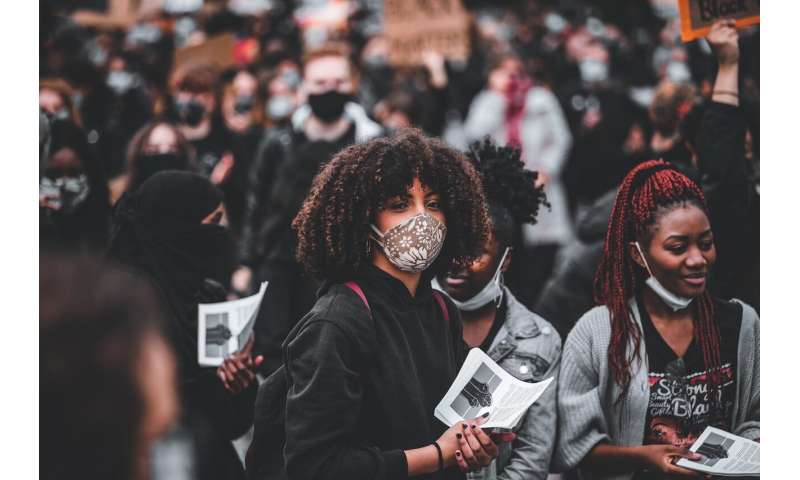
Some of the most extraordinary ideas ignite in the most ordinary moments.
One summer day, RealNetworks founder and CEO Rob Glaser stopped into a Tukwila, Washington, 7-Eleven with his son for a Slurpee after a game of mini-golf. The only people in the store wearing a mask were the two of them and the clerk.
“Isn’t there a rule?” Glaser asked the clerk. Yes, she said, but there was no way to enforce it.
“If I say anything,” she said of unmasked customers, “they yell.”
Said Glaser: “I started to imagine a device you could set it up so it would record the faces of the people, and remind them to mask up.”
This week, RealNetworks is launching MaskCheck, a free app, service and data platform aimed at helping communities and businesses operate and reopen safely by encouraging and assessing face-mask compliance.
Through the use of tablets set up at the entrances to businesses and other buildings, the MaskCheck app is able to detect faces, determine if they are wearing a mask properly or not, and offer visual and audible feedback to encourage compliance. No images are saved, the company says, and all data is anonymous.
The app was developed in a partnership with the COVID-19 International Research Team, a community of scientists that provides tools and resources to the public to help mitigate the spread of COVID-19.
MaskCheck seeks to address the need for reliable data on mask compliance, which, until now, has been self-reported and can be inaccurate.
“Right now, if you think about what’s going on with mask compliance, how many people were infected, and in hospitals …,” Glaser began. “Everyone knows that mask-wearing is important, but there’s no data in the field.”
MaskCheck provides software and a map that connects and builds a data feed that it says allows municipalities and businesses gather real-time, accurate information about compliance.
The data from the network app-enabled devices is then aggregated, showing compliance based on geographic location and the classification of that location.
“You can see by county and location what the mask compliance is,” Glaser said, adding that data can be used by public authorities and businesses to help communities reopen faster and safely.
Glaser compared the technology to the lighted signs that alert drivers the speed with which they are traveling, so that they comply with miles-per-hour limits.
Before its launch, MaskCheck was tested at The Bush School in Seattle, where app-enabled tablets were placed at the entrances. (The school started allowing K-5 students on campus at the start of the school year.)
Staff and students were wearings masks, but those new to campus—vendors, delivery people—sometimes needed to be reminded.
The front-facing camera on the tablet illuminates when people walk in, quickly scans their faces and acknowledges their mask; notifies them, audible, that their mask isn’t being worn correctly; or that they need to wear a mask.
“It really has helped people of being more cognizant of how they’re wearing their mask,” said Michael Miller, facilities manager at The Bush School. “It’s a great moment for whoever is walking past the station. It will give them an audible cue—’Your mask is low, bring it up’—without having to interact with the device.”
The most recent report from the school showed “proper” mask usage at 80%. Some weren’t up all the way, or sometimes people momentarily forgot to put them on.
“That’s a little bit of a strike on the data,” Miller said, “but the moment that happened, someone adjusted their mask and made themselves safer, and the campus safer.
“And it’s giving us statistics we can share with the community about mask compliance,” he said, “as we get ready for more grades to come in, more students.
“This is just another tool in the kit that really affirms that the campus is a safe place to come to every day.”
Ideally, MaskCheck is helping to “depersonalize” the issue of wearing a mask, Glaser said.
Source: Read Full Article
